Old Habits Die Hard
The quality that earned you your present job -- as well as all of your previous jobs -- is the same quality that impedes your ability to answer questions effectively: you are a results-driven person.
To determine how good and -- just as important -- how fast you are at producing results, your employer undoubtedly assessed your resume, your references and your character during your intake interview.
Having demonstrated your proficiency means that you spend most of your time on your job (and most likely, the rest of your waking hours) ready to pounce on problems and find solutions. As a result, whenever you get a question, you are primed to provide an answer instantly.
Unfortunately, if you are too quick with your response, your answer might be wrong -- because you did not understand the question. You will have fallen into the "Ready, Fire, Aim!" trap.
Being a good listener, as you learned from Johnny Carson in a prior blog on Power Presentations' website, is important, but that is only the first step; it is just as important to take a beat before pulling the answer trigger; to put the aiming in its rightful place -- before the firing. Pause before you answer a question.
But pausing is difficult during a mission-critical presentation because you are acting under the influence of a double-speed whammy: the adrenal overdrive of being on the spot and the DNA of a trigger-happy problem-solver.
Apple Computer understands trigger-happiness. The company, which is well-known for carefully guarding its product development, makes a practice of keeping all but a few select senior executives from answering questions from the press. In Inside Apple, a book describing what the subtitle calls its "secretive" practices, author and Fortune Magazine Senior Editor Adam Lashinsky quotes an Apple product marketing executive: "The challenge with those guys is that they are super smart and they know a lot of details, but... they haven't learned how to gracefully avoid answering."
Apple's competitor, Google, also understands trigger-happiness. Their Gmail has a feature called "Undo Send." Once you hit "Send," Gmail will hold your email for five seconds, during which time you can stop the email from going out.
The most sensitive trigger-happy arena of all is television and radio. Broadcasters employ a seven-second delay in live programs to monitor and edit undesirable material. Think of the wardrobe-malfunction at the Super Bowl or an excited blurt of profanity during a live Academy Awards acceptance speech. The most common example of the seven-second delay is the frequent sound of beeps during broadcasts of Jon Stewart's bawdy The Daily Show.
Author Frank Partnoy extols the benefits of delay in his book, Wait: The Art and Science of Delay, with examples of a baseball batter waiting for the perfect pitch to hit, a comic waiting a beat before delivering a punch line and a matchmaker counseling a blind date to suppress snap judgments.
Because presenters do not have the facility of an "Undo Send" button or a seven-second video delay, they must create their own beat in real time -- with a verbal pause. That is not a contradiction in terms; a verbal pause is none other than the old reliable paraphrase. Readers of In the Line of Fire will recall that the paraphrase -- a reconfiguration of a question -- serves as a buffer. For our purposes, let's consider the paraphrase as the presentation equivalent of the seven-second video delay.
For instance, suppose an irate customer was to ask, "Where do you get off charging so much for your product?" The hair trigger answerer might say, "It's not that expensive when you think of all the features you get..." or, "You have to consider the long-term cost of ownership." Each of those rapid responses accuses the questioner of being wrong. If instead you paraphrase by saying, "Why have we chosen this price point?" you remain neutral -- and you take that vital verbal beat.
Having bought the time, you can then go on to describe the features and/or the long-term cost of ownership, but you will do so without -- to extend the metaphor -- the crossfire.
Hair-trigger answers are old habits, as unproductive a habit as procrastination. Old habits die hard, but die they must because each of them -- one more extension of the metaphor -- backfires. Replace them as you would any bad habit, with positive action: listening and paraphrasing -- and get positive results.
This blog post is an excerpt from my new book, just published by Pearson, Winning Strategies for Power Presentations; it is one of 75 lessons from the world's best presenters, and available now from Amazon.